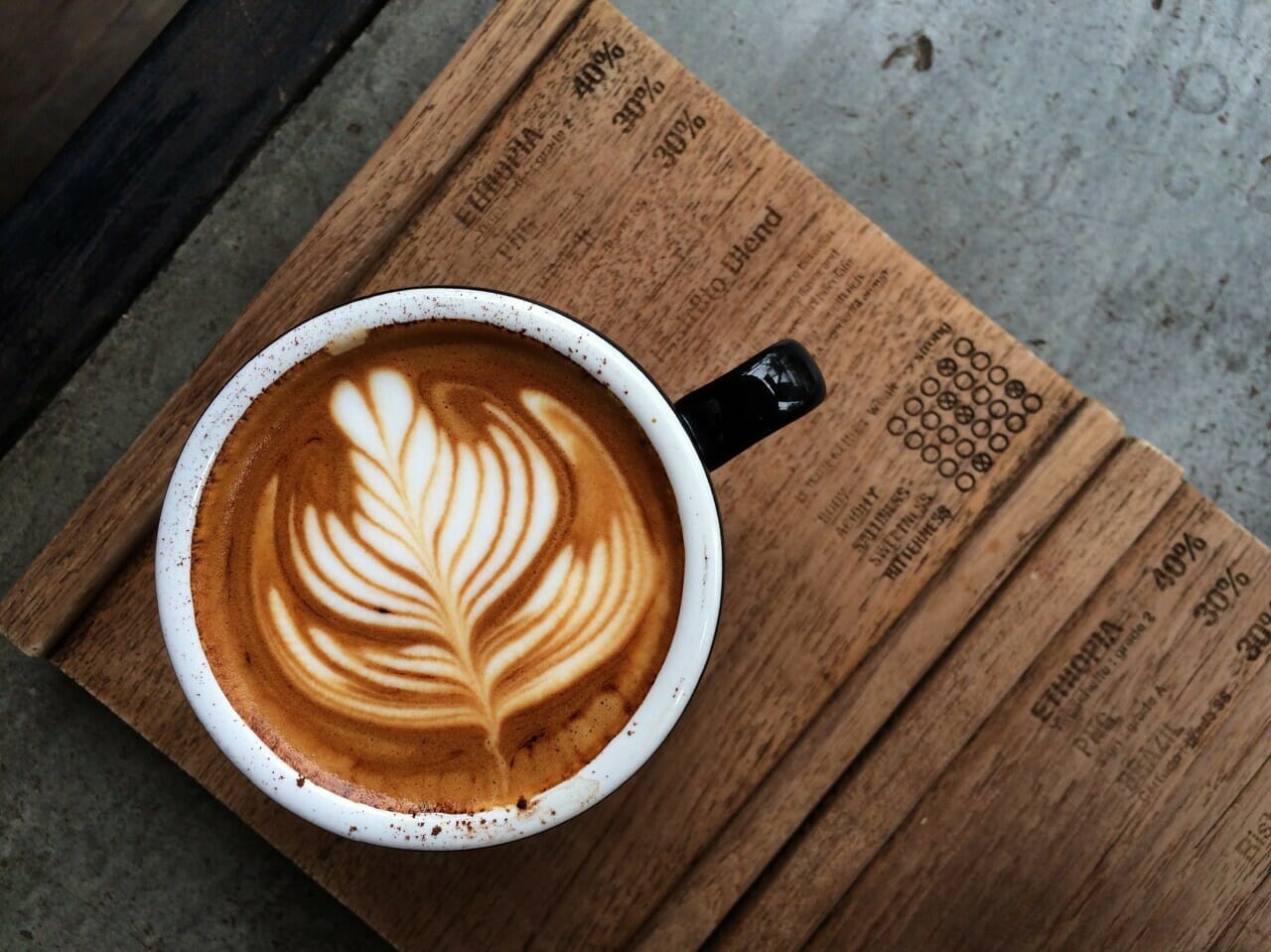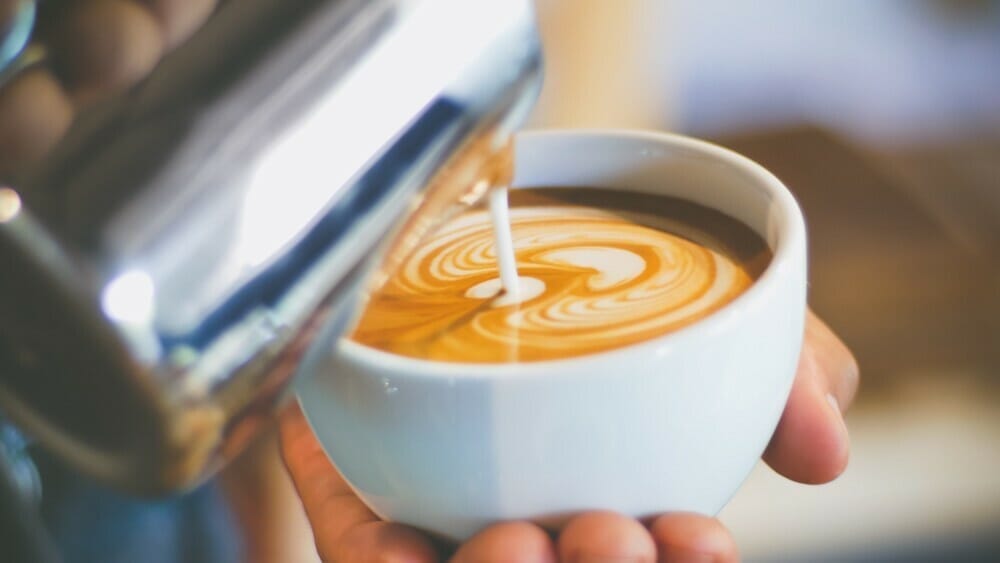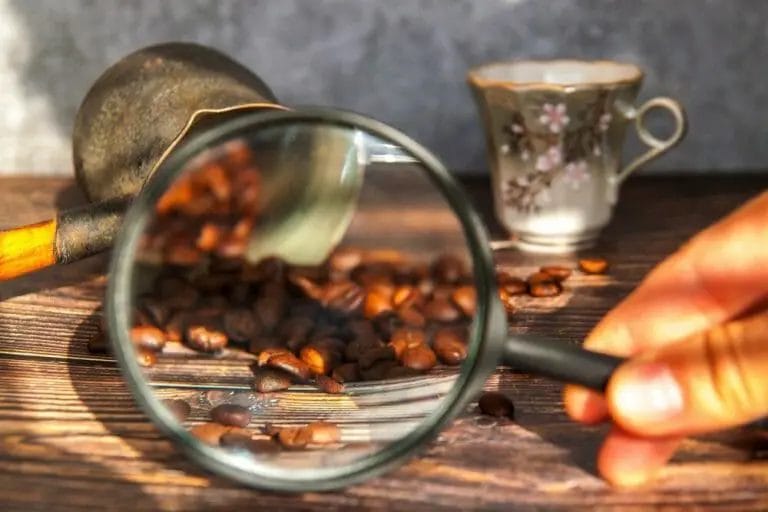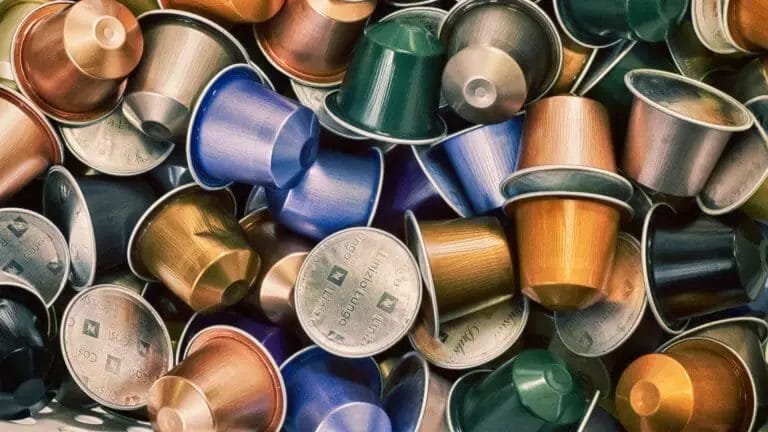Beginners Guide: How to do Latte Art

Have you ever wanted to try your hand at creating latte art?
If so, then you are in the right place! In this post, we are going to teach you how to do it step-by-step.
Every coffee fan understands the delight of being offered a cup of coffee with excellent art design, especially in the morning. Latte is espresso combined with hot, steamed milk that forms a little froth on top.
So, it’s not complex in and of itself, but there are plenty of excellent ways to spice things up with a creative art design.
How is latte art made?

It takes a steady hand and a little physics to make the perfect latte art. Microfoam, steamed milk, is used to create the latte art design that you usually see in your cup of coffee.
When the natural fat and sugars in milk are heated, they break down into smaller, simpler sugars, sweetening the milk and forming the froth you'll use in your design.
What do you need to make latte art?
All you’ll need to make simple latte art patterns are:
- A pitcher or a jug
- A mug
- A toothpick or a latte art tool
- Espresso maker
- Coffee
- Milk
- Chocolate syrup.
How to make it:
We will look at the three phases to make latte art.
Phase 1: Making the foam
Cold milk
Pour one cup of chilled milk into a steam pitcher to begin. Place your pitcher in the freezer for at least 30 minutes before pouring in the milk for more significant results.
Cold pitchers give the milk more time to steam, lowering the danger of scalding. It also stiffens the cream, making it simpler to handle.
Make sure the cream reaches a temperature of just below boiling using a liquid thermometer.
Get the steam running.
Place the steam wand in the bottom of the pitcher, switch it on, and gently raise it until it reaches the milk’s surface.
Lower the wand as the milk rises, keeping it about 1 centimetre away from the surface.
Also, make sure you’re not blowing giant bubbles. It is crucial for producing silky, velvety milk that is simple to work with.
Make the milk spin!
Place the steam wand deep into the milk, ideally to the side of the pitcher, once the milk has reached around 100 degrees Fahrenheit or 37 degrees Celsius.
While the wand is at the bottom of the pitcher, spin the milk counterclockwise. Stir the milk until it reaches 150 to 155 degrees Fahrenheit (65 to 68 degrees Celsius).
Turn off the steamer and wipe it with a damp towel after it has reached the correct temperature.
Swirl the milk
Allow for the milk to settle a few seconds before aggressively swirling it. If any large bubbles appear, pound the pitcher several times on the counter before whirling for another 20-30 seconds.
Phase 2: Pulling the espresso
Begin preparing your espresso shots as soon as your milk has foamed. In addition to the regular coffee flavour, the ideal shot should include a little cream in it.
You must draw it in between 21 and 24 seconds. Pull it closer to 25 seconds if you like your coffee to be a bit sweeter.
After that, pour your shots into a large-mouthed coffee mug. Before adding milk, don’t let it rest for longer than 10 seconds!
Phase 3: Pour the milk
Keep the pitcher a bit higher than the cup while pouring until it’s approximately halfway filled. Then, when the foam begins to develop, lower the pour.
To maintain a constant pace, you can alternate between high and low pours. Hold the cup at an angle to avoid pouring too quickly or too slowly.
Pour to the rear of the cup after it’s half-filled, then move the pitcher from side to side with gentle wrist motions into the desired design.
Let us look at the patterns you can do with latte art:

Heart
Steam three ounces of milk in every one-ounce cup. With one hand, tilt the cup at a 45-degree angle, and with the other, pour the milk into the middle. To ensure that the milk reaches the bottom of your cup, hold the pitcher high.
Pour the milk into your cup until it's three-quarters complete, then start shaking your hand (not the cup, but the pitcher), then move the pitcher closer to your cup and stop shaking. White circles will begin to emerge.
Start pouring the milk through the middle in a line from one side to the other when the cup is nearly filled.
Etch spiral
To keep the chocolate syrup from sinking to the bottom, make your foam thicker. It will keep it on top.
Draw a spiral from the middle of the cup to the edge with syrup. Then, using a toothpick or something a little thicker, draw lines from the centre to the edge.
Draw five lines to form a star. Then, in between those lines, draw lines from the outside to the inside.
Chocolate syrup circles
Draw two lines on the top with the chocolate syrup to mimic a plus sign. Then, from one side of a cup to the other, draw two diagonal lines.
Starting from the middle, draw a spiral with a tool until you reach the edge of the cup.
Rosetta
Tilt your cup around 45 degrees and begin pouring the milk, but don’t get too near to the cup. Make sure the milk stream is narrow enough to form the base as it drops to the bottom.
When the cup is three-quarters filled, bring the pitcher closer to it until it rests on it. Pour a little more milk into the cup once the pitcher has touched it, and you'll notice a dot of white froth.
Begin moving the pitcher from one side to the other at this stage. When you approach the bottom of the cup, begin pouring less milk, raise the pitcher, and begin pushing the milk stream forward through the middle.
Flower
Pour the milk about 2-3 cm (1 inch) away from the bottom of the cup. Shake the jug gently back and forth while slowly moving backwards when the cup is half-filled. The floral pattern will advance and fill the cup as a result of this.

When shaking your wrist back and forth, the design comes out best.
Mistakes made by beginners
Pouring too fast
If your milk doesn’t reach the bottom of your cup, you can try to pour slowly or gently shake it to help it pass through.
Keep the pitcher at a lower angle, and move it from side to side when tipping a cup slightly higher than a typical one.
Adding too much milk at once
Your foam may be too stiff, which makes it challenging to handle. Take smaller quantities at a time until you can create better foam without obscuring the design you want.
Pouring milk too slowly
It causes the milk to separate in the pitcher, leaving less aerated milk in the beverage and more aerated milk. It not only makes latte art challenging to pour, but it also results in a drink that is under-aerated.
Keeping the pitcher’s spout too close to the surface of the beverage
It has the reverse effect, as the milk tends to skim the drink’s surface, resulting in no pattern.
How do you start latte art?
First of all, make sure to use a good quality espresso for your latte art. Pouring the milk at an angle is essential to create a beautiful latte art design. For latte art beginners, it can be difficult to get the milk poured properly when you don’t know where to pour it from. So, first of all, you should watch the video on how to pour the milk and where exactly it should go. After that, try practicing your technique and pouring more often.
What is the trick to latte art?
You can start experimenting yourself with latte art by using milk foaming pitchers and adding different flavours to milk. The most important part is to create a good base at the bottom of your cup, when setting up your design. So, if you want to learn latte art in under 10 minutes and create beautiful designs, then this video is for you!
How can I learn latte art at home?
Latte art is not so difficult to do when you know the basics. First of all, you need to learn how to create a beautiful foam and build a really good base. In order to achieve beautiful latte art, you will need two things:
First, your espresso should be of high quality and second, your milk should also be high quality. Once you have these two factors in place, the rest comes naturally.
What is the best milk for latte art?
The best froth is achieved when you use the freshest milk. Fresh milk has a better structure and thus creates a better foam. However, it is not possible for all of us to get fresh milk every time we want to make latte art. In this case, you can use powdered or canned milk to achieve good results.
What temperature should milk be for latte art?
If you are a beginner and you want to learn latte art, then you need to froth your milk at 150°. This temperature is perfect for latte art beginners. As you advance more, the temperature of your milk can vary from 130-150°.
What is the best utensil for frothing?
For creating beautiful foam, you need to use a tool that will help create as many bubbles as possible. For this reason, we recommend using an Imspresso Frothing Pitcher .
How long does it take to get good at latte art?
The level at which you become good at latte art depends on how frequent you practice. Practice makes you perfect.
Final thoughts
It is important to note that the finer your milk is, the better it will act as a canvas. It will allow your latte art to be smoother and more detailed.
To create beautiful latte art, you need to work on your basic skills like pouring the milk in a straight line, keeping it tilted at 45 degrees, and moving your hand in different directions. Persistently practice, and you'll get better at it!





